What will we do with the International Space Station when the facility is retired? That seems to be the question hanging over us at the moment.
NASA’s report on the reasons for decommissioning the ISS suggests that the agency’s imagination (and budget) appears to be running out. It appears that, through new projects like the Lunar Gateway and Artemis, the agency is being hampered by more human spaceflight programs than it can afford to expend resources on. The easy way out is to scrap the ISS and wipe everything out so NASA can move on to new programs. The agency claims there have been no credible offers or requests to transfer operations to another entity.
I hope that our people's collective vision of the future does not succumb to this lack of creativity.
In addition to the new knowledge that these facilities have provided, the International Space Station and observatories such as Hubble and the James Webb Space Telescope have a profound meaning associated with them. Their true value far exceeds the science and technology of our time.
As many opinion leaders have arguedWe should find ways to protect and preserve our collective heritage as a species, not ways to destroy it or worse, erase any trace of the unique and precious artifacts that continue to shape and evolve our view of who we are and our purpose and place in the cosmos.
Beyond its scientific value or technological advancement, the International Space Station has enormous symbolic significance. A symbolism that underlies the foundations of the philosophy upon which ideologies are built and the policies of nations are formulated.
The ISS was built and is maintained through global participation and cooperation among nations with different cultural and governmental philosophies. The values of the free world and peaceful collaboration are the foundation of the ISS program. The exchange of ideas, technologies and equipment to conceive, build and operate the ISS has created bonds in international relations and brought nations, even adversaries, together in a common peaceful quest. Human spaceflight is at the heart of this quest.
Just take a look at the diverse crew of astronauts aboard the ISS or the global support team associated with such an effort. Forget the budget. The effort of the thousands of highly skilled scientists, engineers, technicians and policy makers who set to work to bring the nations of the world together to create, operate and maintain the ISS program far outweighs all the budgetary issues and associated drama.
Unlike the Salyut, Skylab or Mir missions, which were symbols of national prestige, or the Chinese Tiangong station currently in orbit, sinking the ISS would set back our species' shared cosmopolitan ambitions rather than further enhancing and enriching the spirit of global collaboration and cooperation.
We should create new orbital stations and extraterrestrial habitats. We should also use our collective imagination to at least continue servicing this unique facility until the next generation of stations becomes a reality. Otherwise, we will face a difficult situation similar to the space transportation gap we faced after the agency retired the space shuttle.
If the ISS is really showing signs of aging and has become unsafe for crew members, we should find ways to preserve it in a parking orbit as an unmanned artifact, making it the centerpiece of an International Space Artifacts Museum that would include other historical assets like the aging Hubble Space Telescope.
In our book, “The Moon, Resources, Future Development and Settlements,” my co-authors and I proposed a concept for such a museum.

Although we suggest the Earth-Moon L1 Lagrange point as the final location in cislunar space for the Space Museum, we could begin collecting and preserving artifacts in a suitable Earth parking orbit until we further mature the transportation and propulsion systems needed to relocate it farther out.
Yes, there are difficult engineering problems to address, and for now the museum exists as a conceptual vision with many of the technical and practical details to be worked out later. But technologies that exist today can solve some of the challenges inherent in the idea. For example, there are multiple options that can get the ISS and future decommissioned outposts to the desired location. For one, advanced electric propulsion combined with power from existing large solar arrays could gently propel the ISS into a higher orbit where LEO constellation traffic is much more manageable and the orbital debris threat In addition, spacecraft could carry electrodynamic tethers that interact with Earth’s magnetic field to alter orbits, as has been proposed in the past. It may also be possible to gently boost the ISS’s fragile truss structure using small conventional thrusters employing deep throttling, several of which are being built and tested using state-of-the-art additive manufacturing methods.
Furthermore, the growing threat from orbital debris could be mitigated by mounting high-energy laser systems like those already mature and currently used in the military and heavy industry. The ISS has enough power on board to neutralize any threat posed by debris by adopting this LOSSOL (line-of-sight speed of light) targeting approach. Testing such a LOSSOL mitigation technology on the ISS would prove valuable even beyond preserving the space station, as it would serve as an additional testbed for LOSSOL, which will be vital for fast-trajectory manned interplanetary missions using nuclear propulsion. The time has come to develop and certify such debris threat mitigation systems, and the ISS could be the host for this critical technological development.
The most difficult issues may lie in modifying existing memoranda of understanding between partners. Partner countries with deep historical roots also know the immense value of history and preservation. Our nation must lead the effort as it always has, and continue to provide maximum resources to keep the facility in orbit. We must also encourage more partners to join the coalition to preserve the International Space Station, just as we are doing now with the Artemis Accords.
It is good to remember that we hold dear and deeply value the continuity of civilization by preserving historical artifacts around the world. When we do so, culture is enriched and future generations will value the preservation of the heritage of historical artifacts of our era.
That is why we have cultural heritage sites and museums all over the world: to protect and preserve the continuity of thought and creativity of our species and our civilization, so that we do not forget how we came to be what we are today and what our aspirations are for tomorrow.
We already do this on Earth: in the philosophy of civil architecture, we also rehabilitate and repair historically relevant buildings and infrastructure around the world. In fact, some structures in use today date back to the cradle of civilization.
The time is right to begin developing the infrastructure necessary for an International Space Artifacts Museum, so that we can preserve our species' heritage in space and on celestial bodies while we explore and settle lands beyond planet Earth. Through that effort, we can also develop new technologies for the maintenance and evolution of endurance-class spacecraft that can take us farther than ever before.
Collaboration within the ISS framework has yielded great results in the past and continues to do so today. Our bipartisan leadership should proactively work with partner countries and emerging spacefaring nations to propose a creative plan to establish such a museum when the time comes to decommission this unique facility.
Our leaders know it and our architects are ready to act too!
Madhu Thangavelu leads the Space Exploration Architecture Conceptual Synthesis Workshop for graduate students in the Department of Astronautical Engineering at the Viterbi School of Engineering and the School of Architecture at the University of Southern California. He is a faculty member at the International Space University, an international organization that trains space professionals. He is a director of the National Space Society and coordinator of North American activities for the Moon Village Association.







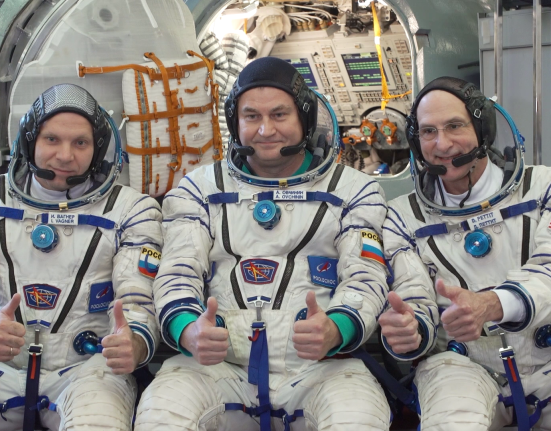
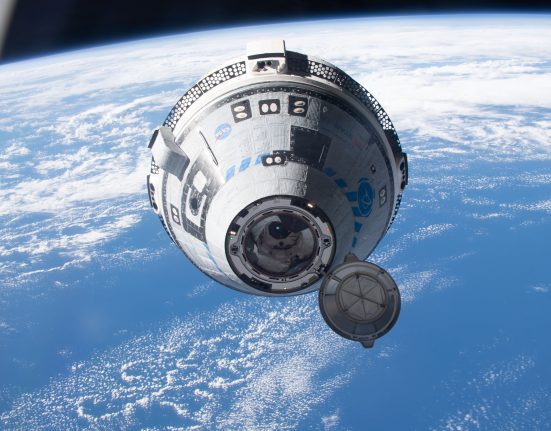
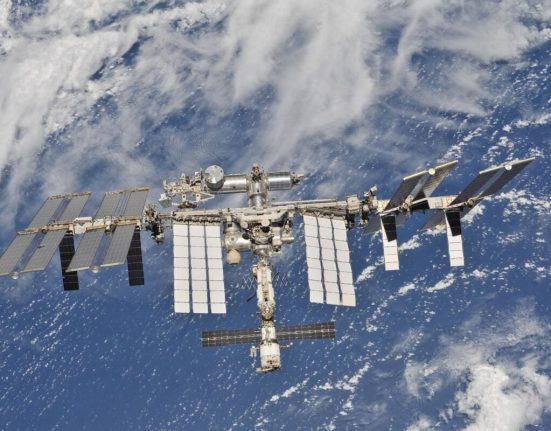

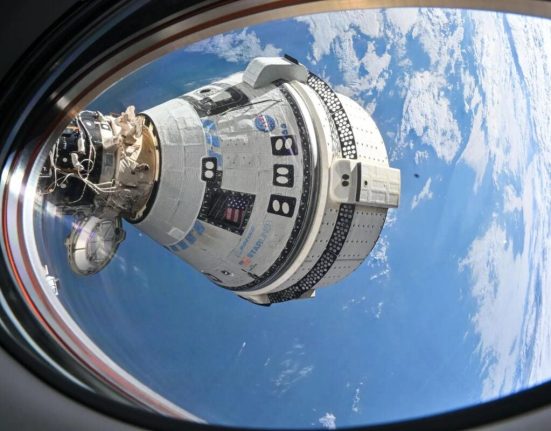
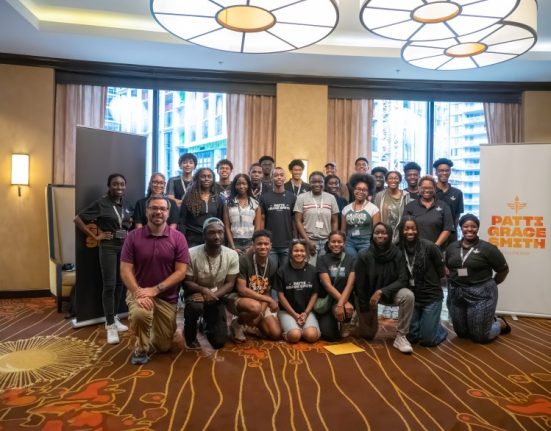
Leave feedback about this